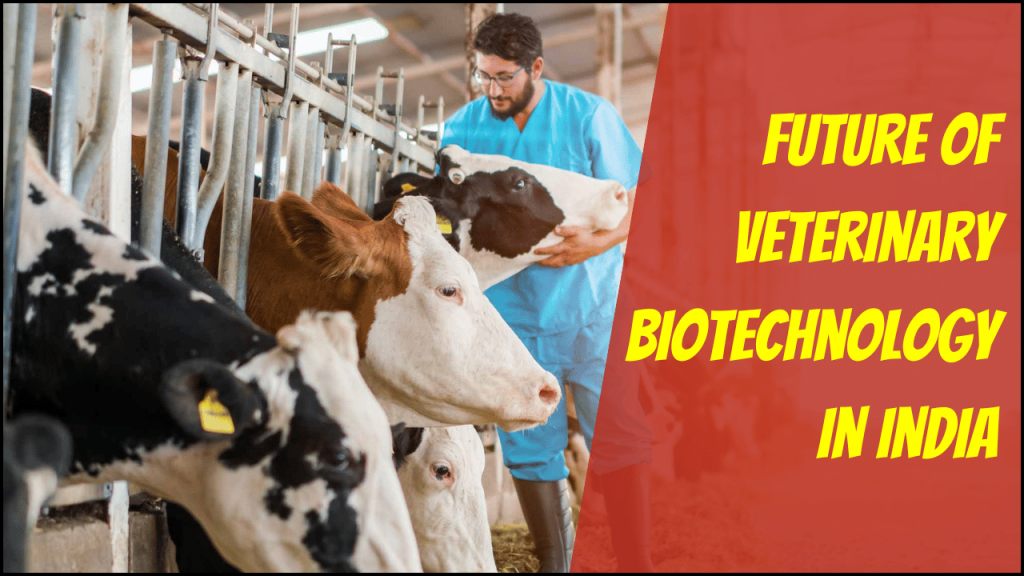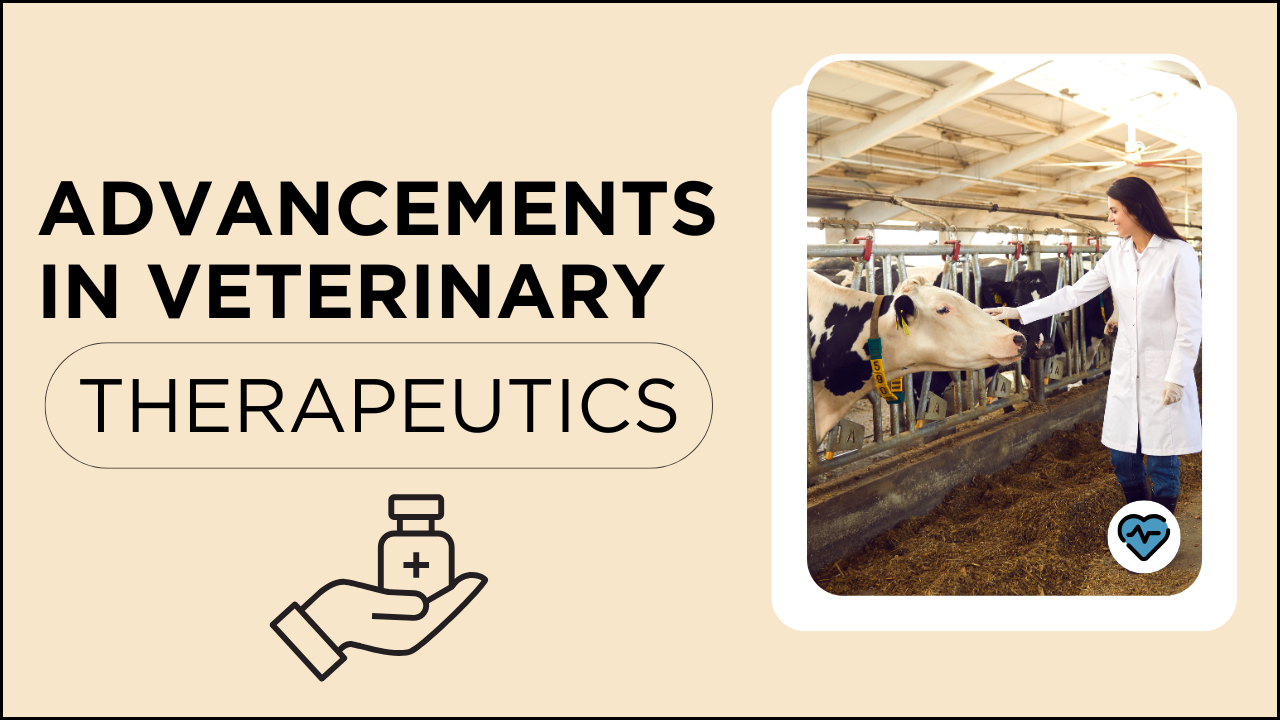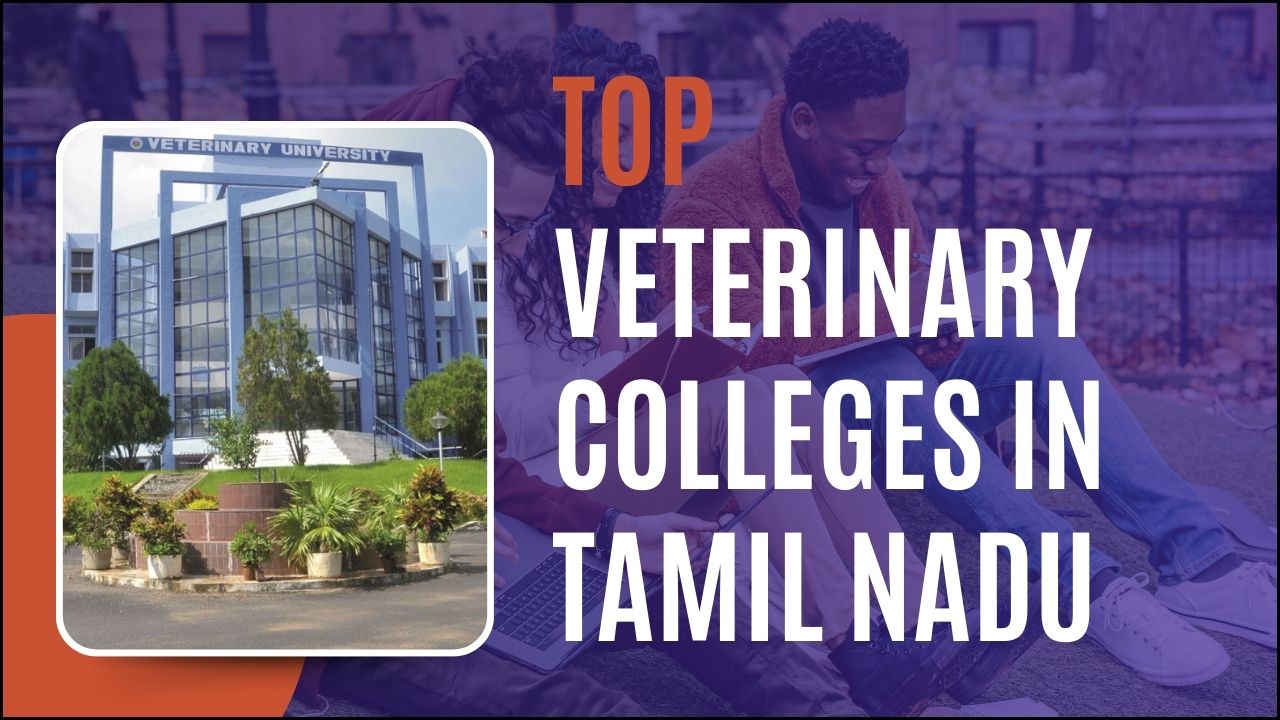
Veterinary biotechnology is an important field in modern science. It combines biotechnology with veterinary science to improve animal health, productivity, and welfare. In India, the future of this field looks very promising due to the rising demand for animal products, advancements in science, and support from the government.
Table of Contents
Importance of Veterinary Biotechnology
- Veterinary biotechnology plays a vital role in the health and productivity of livestock.
- Biotechnology helps in creating vaccines, diagnostic tools, and genetically improved animals.
- India has a large population of cattle, goats, sheep, and poultry. Proper use of biotechnology can increase their yield and health.
- Diseases like Foot and Mouth Disease (FMD) and Avian Influenza need better vaccines and quick diagnosis, which biotechnology can offer.
Current Status in India
- India has made progress in developing vaccines and diagnostic kits for animal diseases.
- Institutes like TANUVAS, IVRI, and NIVEDI are leading research in veterinary biotechnology.
- Indian companies are producing biotech-based products for veterinary use.
- Research is ongoing in genetic improvement, embryo transfer, and artificial insemination.
Key Areas of Veterinary Biotechnology
| Area | Description |
|---|---|
| Vaccine Development | Production of safe and effective vaccines to protect animals from diseases. |
| Genetic Engineering | Modification of genes for disease resistance and better productivity. |
| Diagnostic Tools | Creation of rapid and reliable test kits for disease detection. |
| Reproductive Technology | Techniques like embryo transfer and artificial insemination. |
| Animal Nutrition | Use of biotechnology to improve feed efficiency and digestion. |
| Disease Surveillance | Monitoring and controlling the spread of animal diseases. |
Emerging Technologies in Veterinary Biotechnology
- Recombinant DNA technology is being used to create better vaccines.
- CRISPR gene editing offers possibilities for disease-resistant animals.
- Nano-biotechnology helps in delivering drugs and vaccines effectively.
- Bioinformatics supports the analysis of animal genomes and disease patterns.
- Stem cell research is opening new paths in animal treatment and recovery.
Institutes Supporting Veterinary Biotechnology in India
| Institute Name | Role in Veterinary Biotechnology |
|---|---|
| Indian Veterinary Research Institute (IVRI) | Conducts advanced research and training in animal health and biotechnology. |
| Tamil Nadu Veterinary and Animal Sciences University (TANUVAS) | Develops innovative biotech products for livestock and poultry. |
| National Institute of Animal Biotechnology (NIAB) | Focuses on animal genomics, vaccines, and diagnostics. |
| National Dairy Research Institute (NDRI) | Works on dairy cattle genetics and biotechnology applications. |
Government Support and Policies
- The Government of India is promoting biotech research through funding and schemes.
- Department of Biotechnology (DBT) supports various veterinary biotech projects.
- National policies focus on improving livestock productivity and health.
- Make in India and Startup India programs encourage biotech startups.
Opportunities for Growth
- India has one of the largest livestock populations in the world.
- Demand for milk, meat, and eggs is increasing steadily.
- Biotechnology can help in improving the quality and quantity of these products.
- The export potential for biotech veterinary products is also growing.
Challenges in Veterinary Biotechnology
| Challenge | Description |
|---|---|
| Lack of Awareness | Many farmers are unaware of biotech tools and benefits. |
| High Cost of Technology | Advanced biotech products are costly for small-scale farmers. |
| Need for Skilled Manpower | More trained professionals are required in this field. |
| Limited Infrastructure | Rural areas lack proper labs and research centers. |
| Regulatory Barriers | Approval for biotech products takes time due to strict regulations. |
Solutions and Recommendations
- Awareness programs must be conducted for farmers and veterinarians.
- Training centers and workshops should be established in rural areas.
- Affordable and locally produced biotech products must be developed.
- The government should offer subsidies for using biotech tools in animal care.
- Collaboration between universities, research labs, and industries is essential.
Role of Education and Research
- Veterinary colleges should offer specialized courses in biotechnology.
- Research students must be encouraged to take up real-life field problems.
- More funds should be allocated to animal biotech research projects.
- Interdisciplinary research with agriculture and medical biotechnology can help.
Private Sector Involvement
- Many Indian biotech companies are entering the veterinary sector.
- Startups are developing innovative products for animal health and nutrition.
- Partnerships between private companies and research institutes are growing.
- Export-oriented biotech companies are boosting India’s global presence.
International Collaboration
- India is working with global organizations like the FAO and the WHO on animal health.
- Joint research programs with developed countries are increasing.
- Exchange of knowledge and technology helps in fast development.
Future Scope
- Animal cloning may become common in breeding high-quality livestock.
- Use of sensors and AI in monitoring animal health is expected to rise.
- Biotech-based feeds and supplements will improve productivity.
- India can become a global hub for veterinary biotech innovation.
Final Analysis
Veterinary biotechnology has a bright future in India. Strong livestock base, rising demand for animal products, and scientific advancements support its growth. Government policies, education, private participation, and public awareness will drive the sector forward. With the right support, India can lead the world in veterinary biotechnology.





